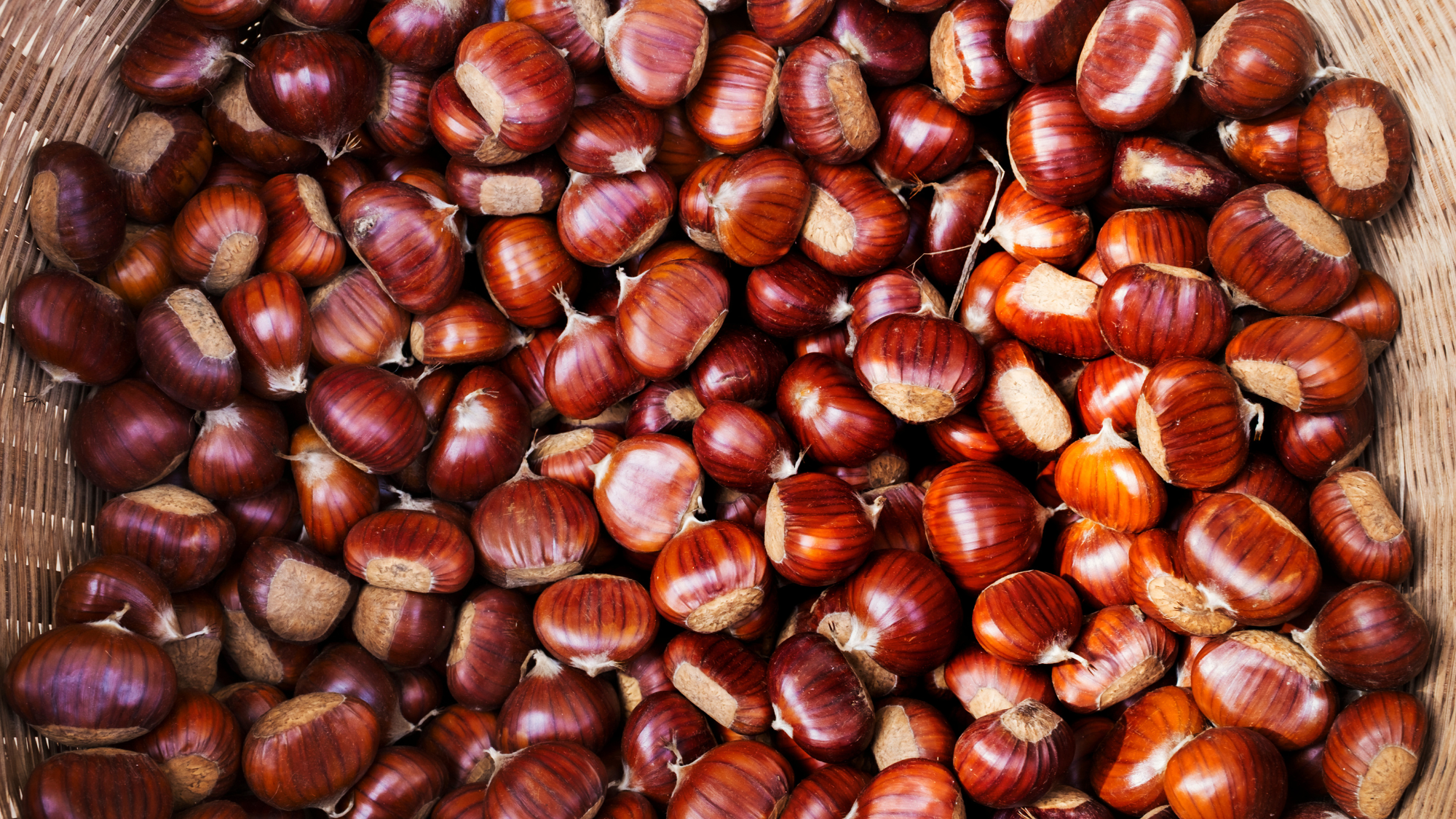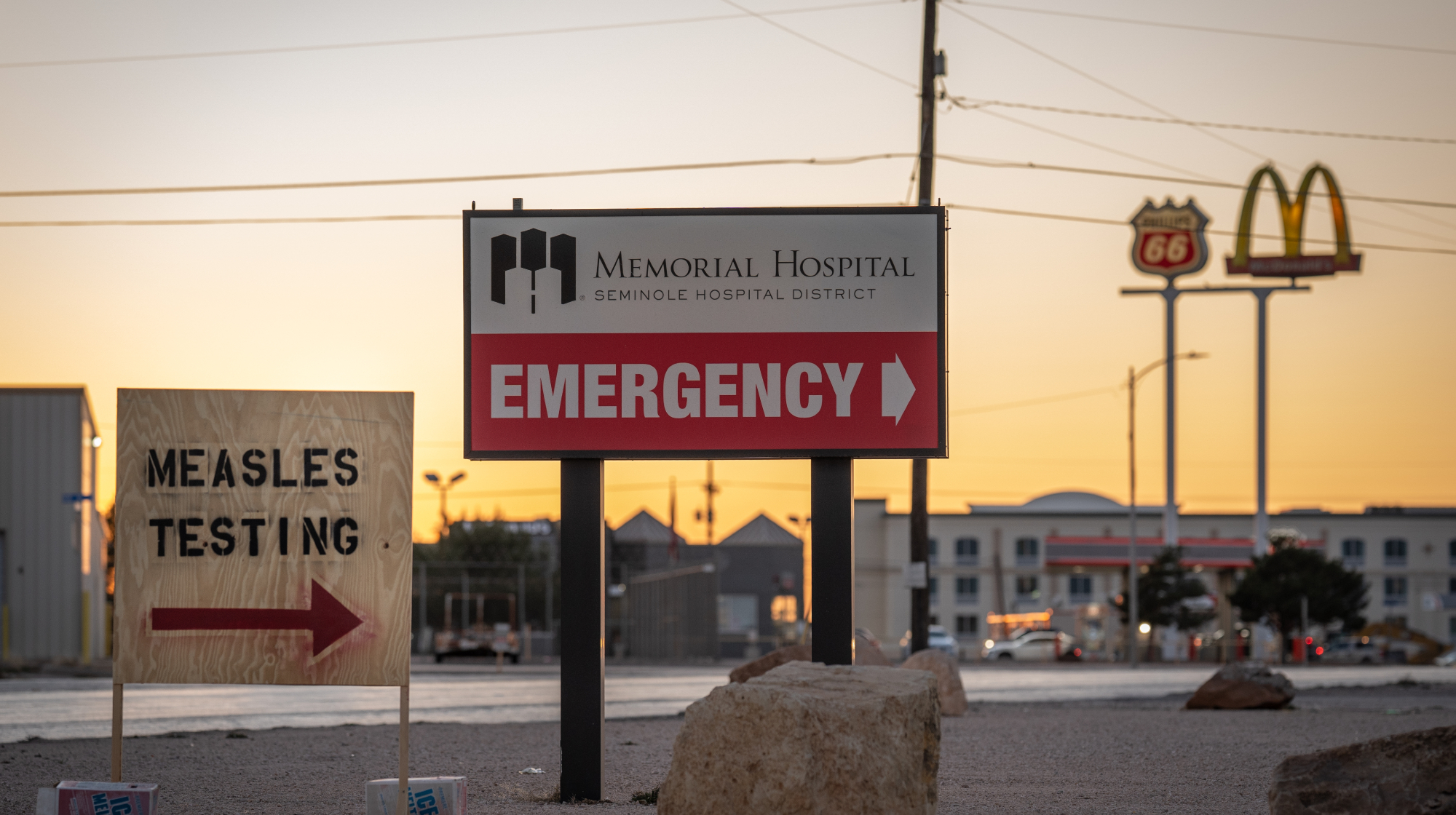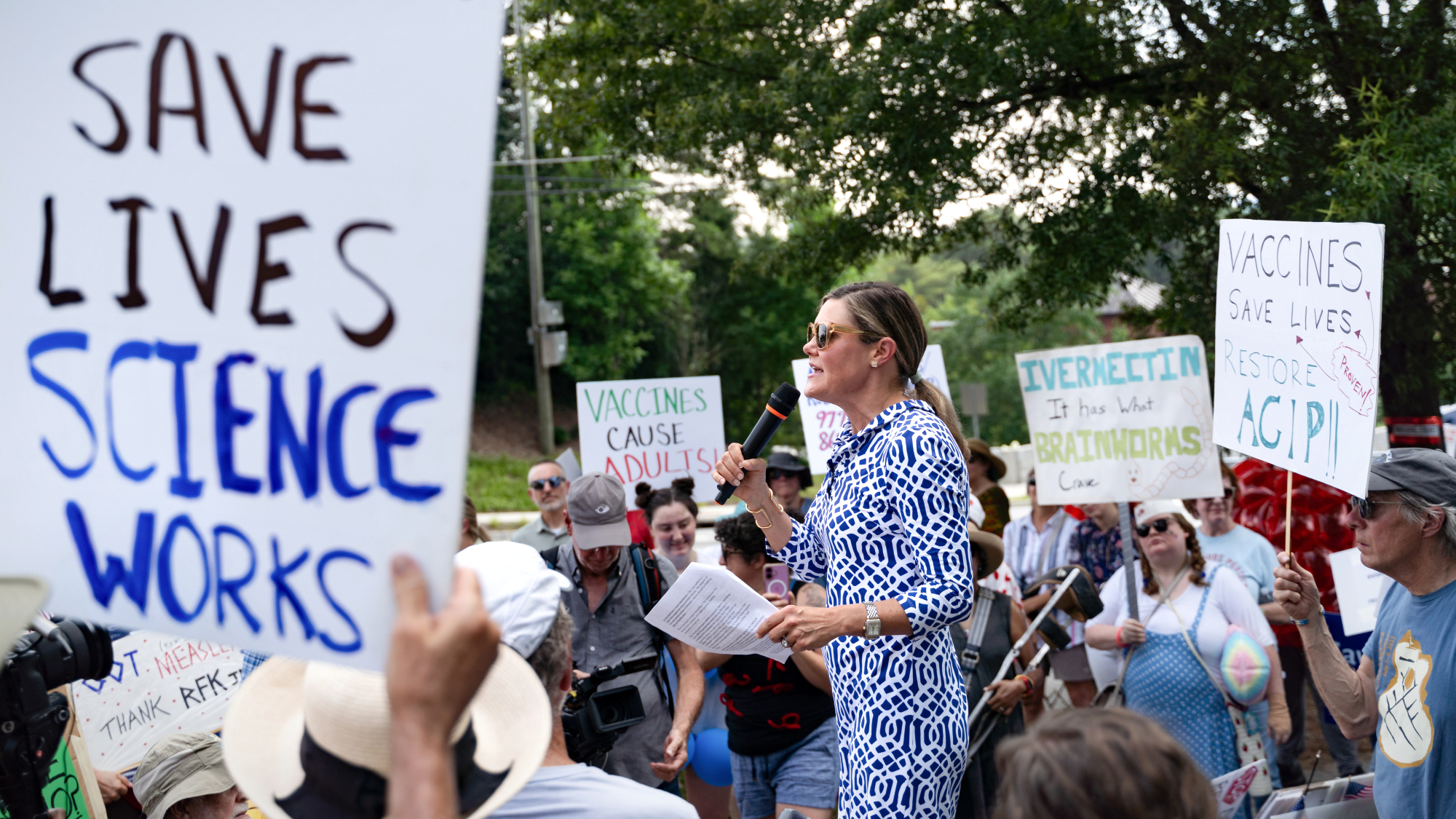Racial make-up is a bigger coronavirus indicator in nursing homes than facility size, local infection rates


The great equalizer it is not.
COVID-19 has left no population untouched in its relentless spread around the globe, but some groups within the U.S. are facing the virus' wrath at disproportionately high rates.
Nursing home residents and black Americans are suffering from increased infection and fatality rates, and The New York Times reported Thursday that nursing homes with mostly African-American and Latino residents are twice as likely to suffer from coronavirus outbreaks than their majority white counterparts.
The Week
Escape your echo chamber. Get the facts behind the news, plus analysis from multiple perspectives.

Sign up for The Week's Free Newsletters
From our morning news briefing to a weekly Good News Newsletter, get the best of The Week delivered directly to your inbox.
From our morning news briefing to a weekly Good News Newsletter, get the best of The Week delivered directly to your inbox.
Nursing homes have already accounted for more than one third of the country's death toll from the virus, which is days away from reaching 100,000. African Americans are dying from the virus at a rate almost three times that of white people, The Guardian reports, so it's of little surprise to some healthcare professionals that the disease is now festering prominently in the groups combined.
"Typically, what occurs in the general population is mirrored in long-term care facilities," Dr. David Gifford, chief medical officer for the American Health Care Association, told the Times.
The infection rate in nursing homes with primarily black and Latino residents seems to have more to do with race than any other factor. Even when accounting for other indicators such as facility size, federal ratings, and local infection rates, the Times found majority black and Hispanic homes were still worse off. The analysis did not determine whether there were racial disparities within the same nursing home.
In Maryland, where 80 percent of nursing homes with high black and Latino populations have reportedly had outbreaks, one nursing home in Baltimore reported 233 employee and resident cases and 20 deaths.
A free daily email with the biggest news stories of the day – and the best features from TheWeek.com
At some facilities, workers have complained about poor conditions that have facilitated the spread of the virus, including staffing shortages and a lack of adequate personal protective equipment. In several different facilities serving large African-American and Latino populations, workers reported receiving rain ponchos, hair bonnets, and plastic swimming goggles in lieu of PPE.
Marianne is The Week’s Social Media Editor. She is a native Tennessean and recent graduate of Ohio University, where she studied journalism and political science. Marianne has previously written for The Daily Beast, The Crime Report, and The Moroccan Times.
-
 Four Seasons Seoul: a fascinating blend of old and new in South Korea
Four Seasons Seoul: a fascinating blend of old and new in South KoreaThe Week Recommends Located right in the heart of the action, this classy hotel is the perfect base to explore the capital
-
 How to make the most of chestnuts
How to make the most of chestnutsThe Week Recommends These versatile nuts have way more to offer than Nat King Cole ever let on
-
 Deaths for children under 5 have gone up for the first time this century
Deaths for children under 5 have gone up for the first time this centuryUnder the radar Poor funding is the culprit
-
 FDA OKs generic abortion pill, riling the right
FDA OKs generic abortion pill, riling the rightSpeed Read The drug in question is a generic version of mifepristone, used to carry out two-thirds of US abortions
-
 RFK Jr. vaccine panel advises restricting MMRV shot
RFK Jr. vaccine panel advises restricting MMRV shotSpeed Read The committee voted to restrict access to a childhood vaccine against chickenpox
-
 Texas declares end to measles outbreak
Texas declares end to measles outbreakSpeed Read The vaccine-preventable disease is still spreading in neighboring states, Mexico and Canada
-
 RFK Jr. shuts down mRNA vaccine funding at agency
RFK Jr. shuts down mRNA vaccine funding at agencySpeed Read The decision canceled or modified 22 projects, primarily for work on vaccines and therapeutics for respiratory viruses
-
 Measles cases surge to 33-year high
Measles cases surge to 33-year highSpeed Read The infection was declared eliminated from the US in 2000 but has seen a resurgence amid vaccine hesitancy
-
 Kennedy's vaccine panel signals skepticism, change
Kennedy's vaccine panel signals skepticism, changeSpeed Read RFK Jr.'s new vaccine advisory board intends to make changes to the decades-old US immunization system
-
 Kennedy ousts entire CDC vaccine advisory panel
Kennedy ousts entire CDC vaccine advisory panelspeed read Health Secretary RFK Jr. is a longtime anti-vaccine activist who has criticized the panel of experts
-
 RFK Jr. scraps Covid shots for pregnant women, kids
RFK Jr. scraps Covid shots for pregnant women, kidsSpeed Read The Health Secretary announced a policy change without informing CDC officials
